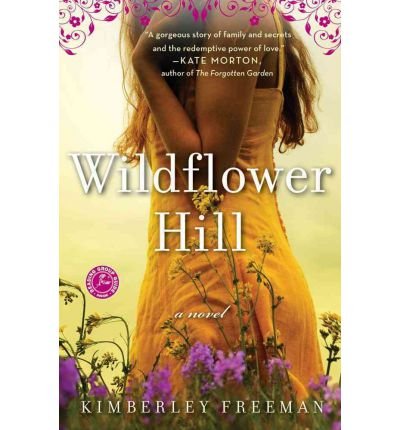Wildflower Hill
Two passionate women tell this multigenerational story that begins in 1929 Glasgow and moves through Australia, London, and home to Glasgow again in the 21st century. Emma, a present-day prima ballerina, suffers a broken heart followed by an injury that ends her career. She returns to her childhood home in Australia to learn of a legacy – she has inherited Wildflower Hill, a home of her grandmother, Beattie. As Emma readies it for sale, intriguing clues pop up about Beattie’s past. They draw Emma out of her downward spiral.
The second narrative follows Beattie through the hardships of immigration from England to Australia after she becomes pregnant with a married man’s child in 1929. She struggles under the Depression, her lover’s drinking and gambling habits, and the surrounding culture. She provides for herself and her child through hard work and her sewing skills. When more unconventional means to security present themselves, she chooses them, and begins to build a successful business. But she takes risks in choosing to have a passionate affair with the love of her life, and in trying to gain full custody of her child, leading to twin disasters. The tragedies of her past get buried but resurface in her middle age, and finally are resolved through her granddaughter’s efforts.
Wildflower Hill’s two protagonists are at a low point when first met and have a much to learn in every aspect of their lives. But this grand, old-fashioned family saga novel with its settings beautifully rendered gives Beattie and Emma time, space and experience to grow on the reader. By the last satisfying scene, you may find yourself reluctantly parting with old friends who will live on once the cover has closed. Highly recommended.










